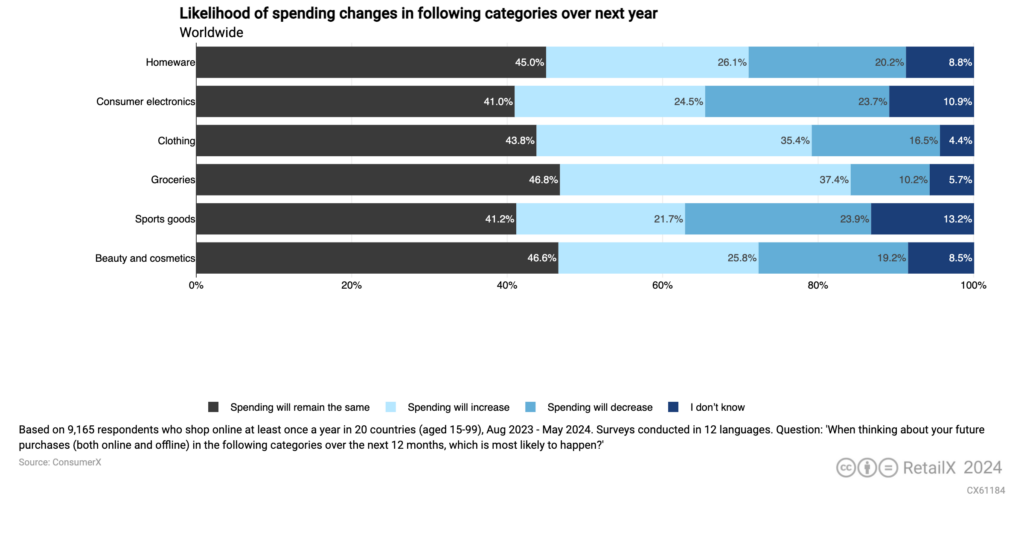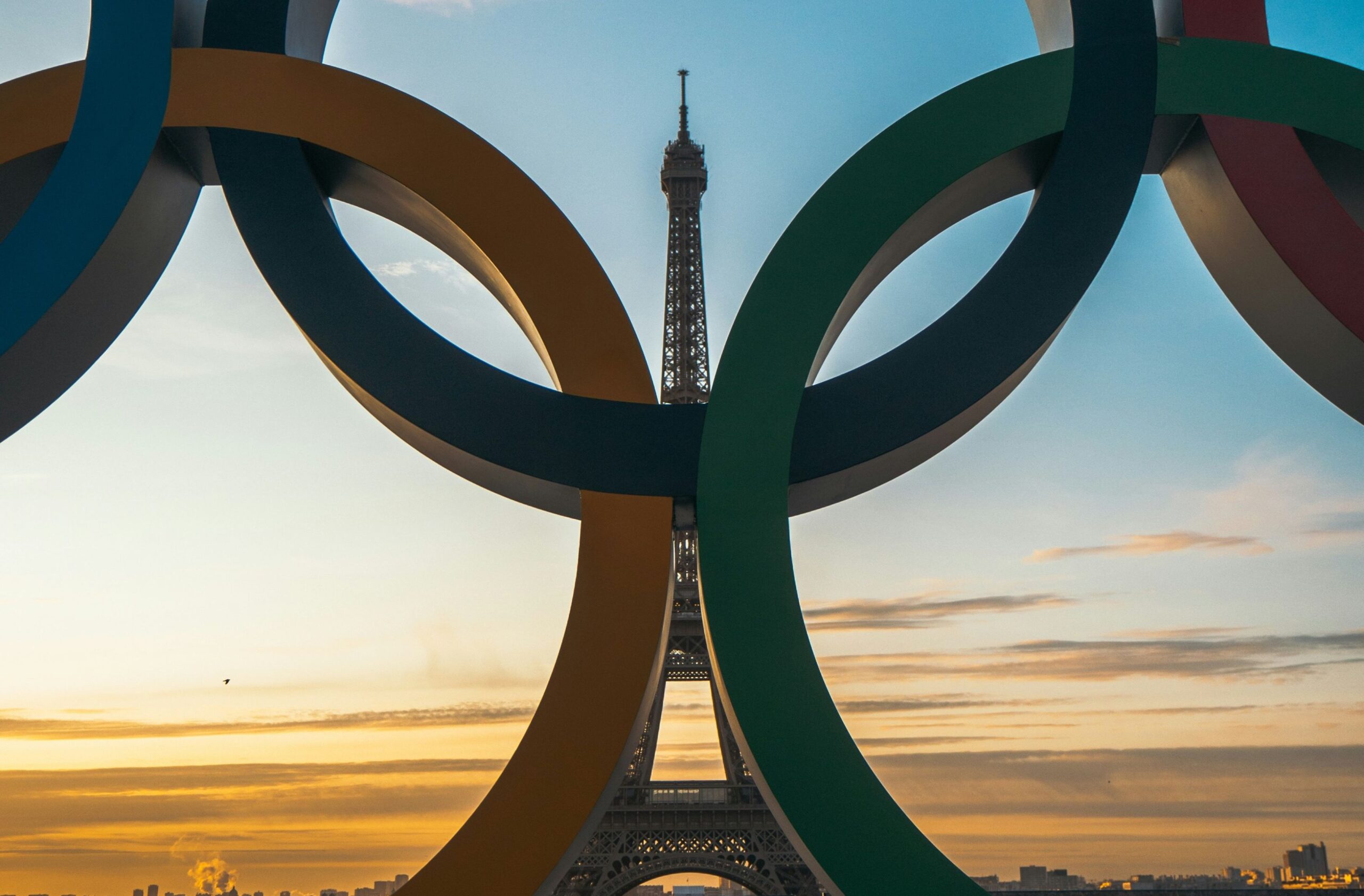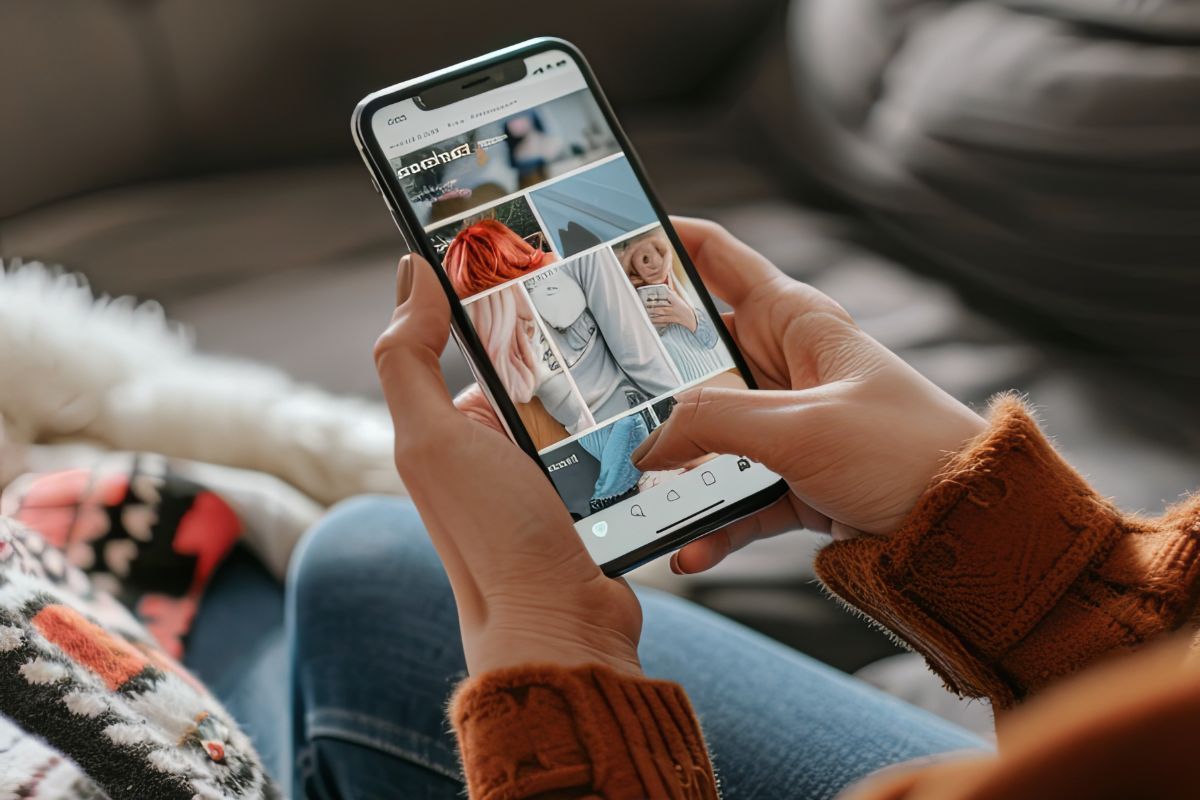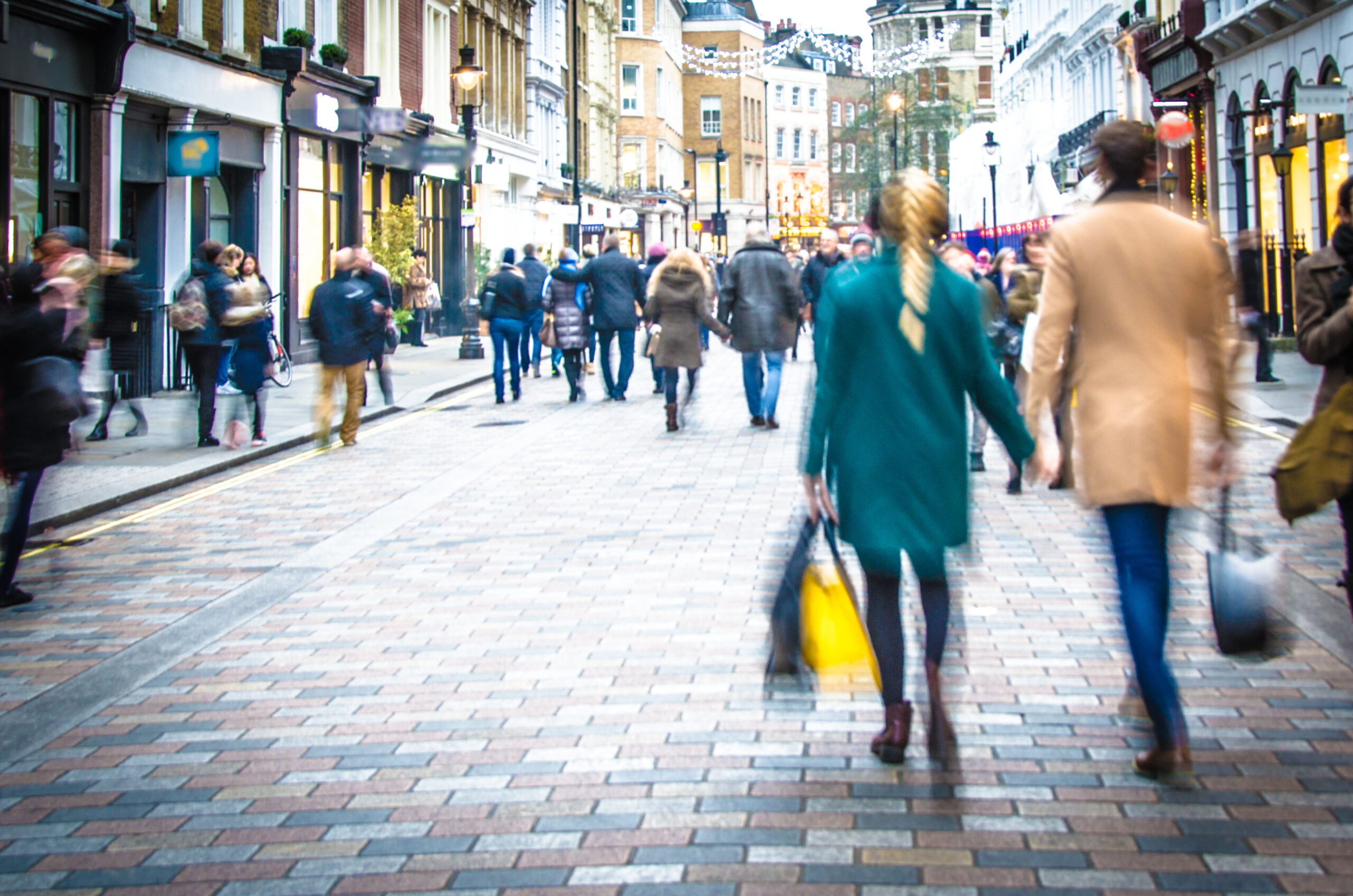As the Paris 2024 Olympics officially kicks off on Friday 26 July with its opening ceremony – there has been some rugby sevens pool stages, football and handball action already – the future of sports goods retail looks healthy.
The recently published RetailX Global Sports Goods 2024 report has found 22% of consumers plan to increase their online spending on sports goods and equipment in the year ahead, while a further 40% say that it will stay the same.

The increase is being driven by growing numbers of younger consumers coming to market across the next few months, most of ecommerce – they grew up with it – and who are mobile-first in their digital approach.
These customers are also more aligned than older generations with developing and maintaining a healthy lifestyle. This bodes well for the sports goods sector, which is set to see continued growth and development across the coming years as these ‘healthy habit’ GenZ-ers become an increasingly large part of the worldwide consumer base.
In addition, these tech-savvy health kids will drive a range of other changes in how the sector operates.
Augment reality
AR, where digital content and information are overlaid on the real world, is already starting to play a role in shifting consumer habits in retail and the sports sector is no exception.
Data shows that 23.5% of sports goods shoppers expect their favourite brands to offer AR that can aide them with shopping in the future. This rate is comparable with those in high-tech sectors such as consumer electronics, as well as with forward thinking areas like fashion and cosmetics, where AR already has a strong presence.
AR brings much to sports goods retail, since it can offer enhanced visualisation of goods both online and instore, offering virtual rotation, zooming and colour customisation, leading to a much better shopper experience and, potentially, increased sales.
Adding in foot or body scanning with a mobile device can also deliver a much better fit. While this offers general online retail a boost, getting a bespoke or best fit for shoes, apparel and equipment for sports and outdoor pursuits is vital. Sports enthusiasts rely whom are on their equipment working perfectly, so getting this right – or using AR to effectively tailor items to fit – could offer the sector a huge boost.
For example, Nike’s Paris store uses AR to let customers design their own NikeID shoes through a phone app, while The North Face is exploring VR and AR product visualisation experiences.
AR has other benefits for the sports sector. Sportswear with embedded AR tags could unlock interactive tutorials or training programmes when viewed through a smartphone. This personalised approach can boost customer engagement and brand loyalty. Gamifaction is also an AR concept being toyed with by sports retailers to pull in customers. JD Sports, for example, has partnered with Snapchat to create an AR arcade game on its storefront, aimed at engaging a younger audience.
However, challenges remain. Widespread adoption of AR requires investment in app development and customer education. While the potential benefits for both retailers and consumers are significant, getting it right is essential for its long-term success. While consumers clearly want AR, they won’t tolerate a poor user experience.
This is an except from the RetailX Global Sports Goods 2024 report, authored by Paul Skeldon.
Download the full report for answers to the most important questions – how shoppers are buying differently; what we might expect in the future and how sports retailers and brands can plan for that.
Stay informed
Our editor carefully curates two newsletters a week filled with up-to-date news, analysis and research, click here to subscribe to the FREE newsletter sent straight to your inbox and why not follow us on LinkedIn to receive the latest updates on our research and analysis.










